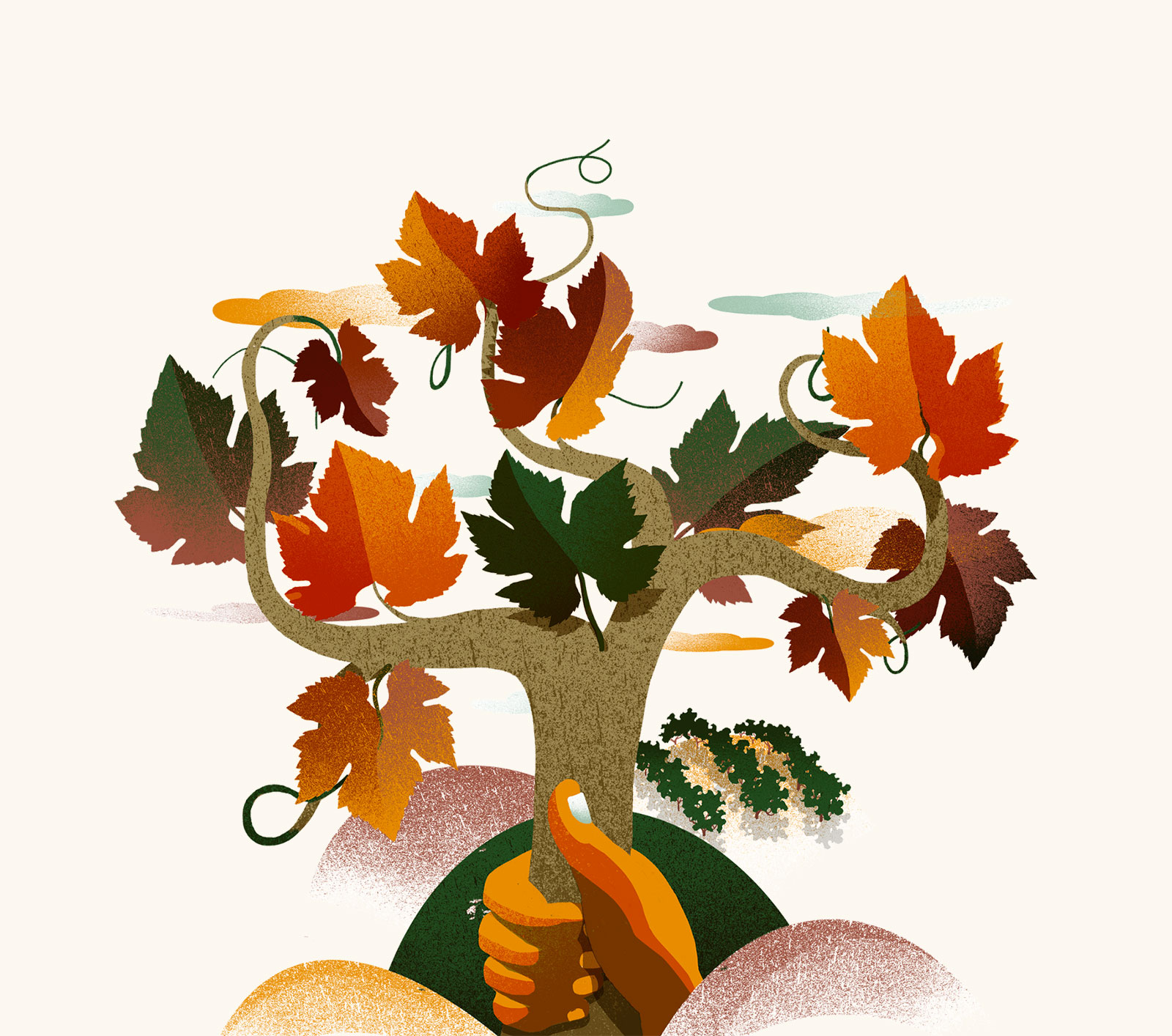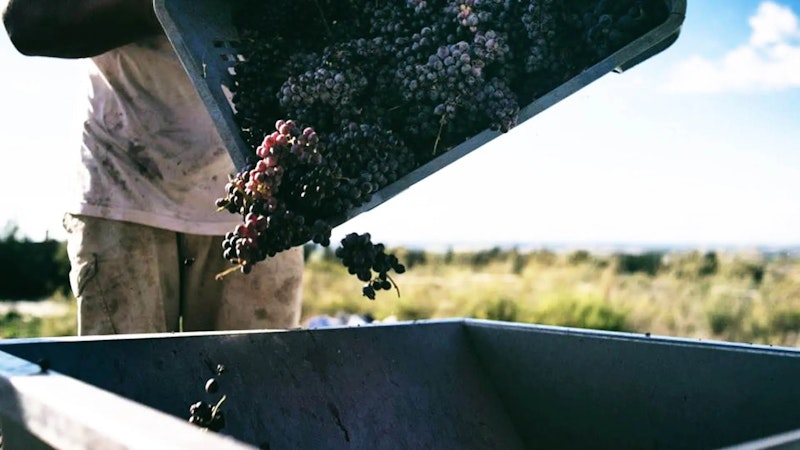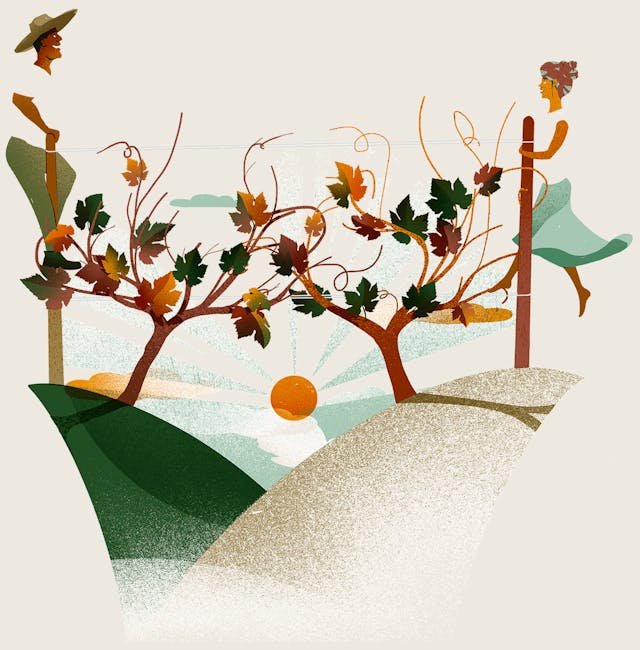Nebbiolo, the queen of the white grape varieties
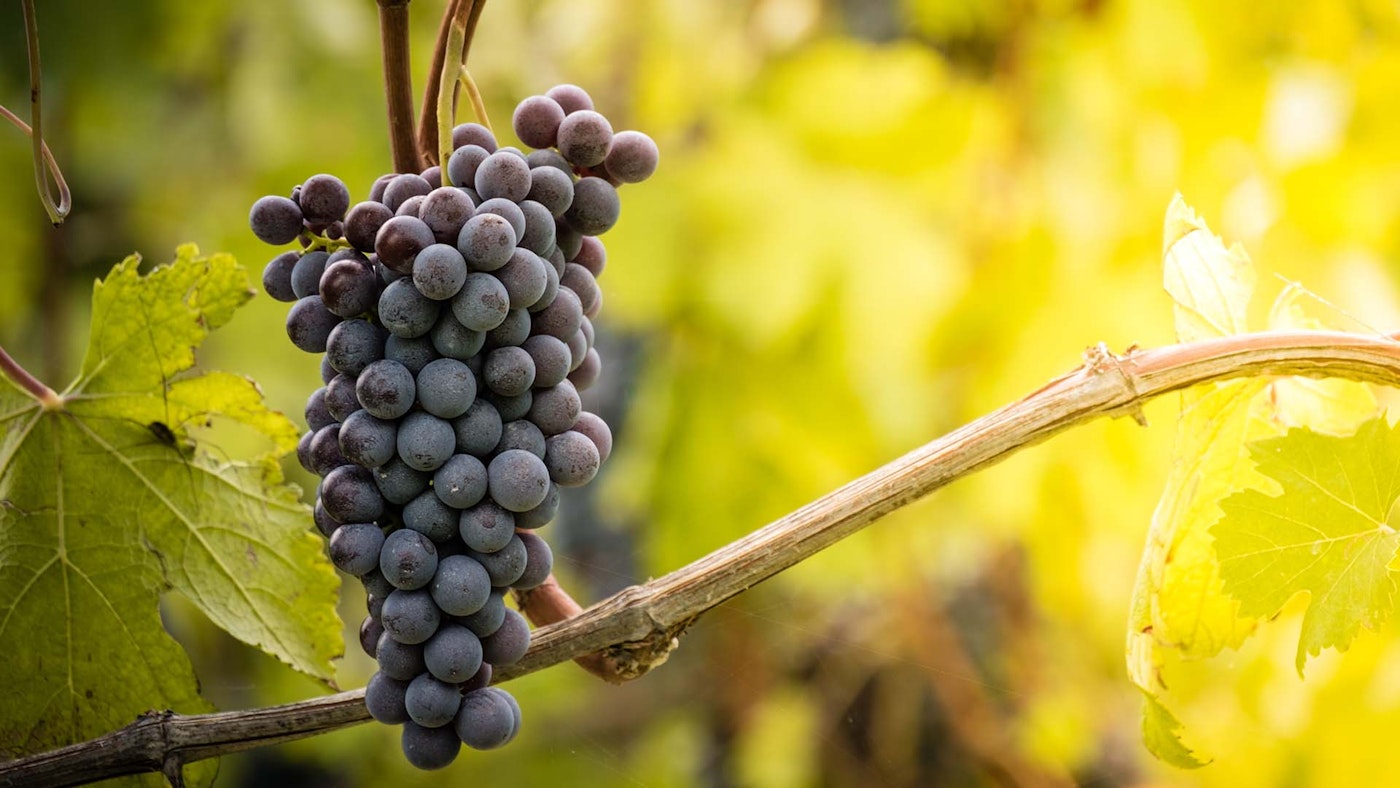
The prince of the Piedmontese vines and one of the oldest and most noble of our country's ampelographic heritage (the first traces date back to the second half of the 13th century), Nebbiolo owes its name to the fog, according to some because of the presence of flowers on its berries and according to others because the late ripening of the grapes shifts the harvest to the period of the first autumn fog.
Nebbiolo, also known as the "queen of black grapes", is a very demanding vine with a very long vegetative and ripening cycle: it is the first vine to sprout and the last to lose its leaves. Its grapes, with very dense and small berries, are very sensitive to differences in soil and climate: they take advantage of the difference between day and night during ripening, but the richness of the tannins in their skins requires hilly, well exposed to the sun, preferably south or south-west, between 200 and 450 m, sheltered from frost and the cold of spring.
Nebbiolo is the quintessential terroir grape, renowned throughout the world for producing red wines of great complexity, finesse and elegance, which require long ageing to acquire the characteristics that have made them so famous.
It is a vine that identifies itself with the territory where it is produced, becoming its ambassador, evoking not only its wine production but also its cultural, historical and landscape heritage.
This is why we have decided to dedicate our new project to Nebbiolo, to tell the story of the rich world of this still largely unknown wine.
THE MOST FAMOUS EXPRESSIONS
Four sub-varieties of Nebbiolo are grown in the Langhe and are listed in the National Register of Vine Varieties: Lampia, Michet, Rosé and the more recent Nebbiolo del Bolla, whose name derives from Sebastiano Bolla, a farmer from La Morra who, in the 1960s, after observing some much more productive vines, harvested the shoots and planted a small vineyard. The fertility of this Nebbiolo led to its widespread use by wine growers, only to find that the quantity of the yield was at the expense of the quality, which is why these grapes are not included in the statutes of the Consorzio Tutela Barolo Barbaresco Alba Langhe e Dogliani.
However, the cultivation of Nebbiolo is not limited to the Langhe, where the "queen of the black grapes" gives life to two of the most important and prestigious wines in the world, Barolo and Barbaresco (link to the article dedicated to the Langhe). There are many areas in Piedmont where this grape variety takes on different nuances and expressions, of which we will tell you about the most famous:
Carema
On the border of the Aosta Valley, Carema is made from Nebbiolo grapes grown on the slopes of Monte Maletto, between 350 and 700 metres above sea level. The hard work of dry terracing in this area north of Canavese has ancient roots, and the powerful red wine made from pure Nebbiolo grapes has won several important awards over the centuries. In fact, Pope Paul III Farnese's bottler, author of a 1539 wine guide, described it as "an excellent and perfect drink for princes and lords", while the 16th century treatise De Vinis Italiae mentions Carema as a wine served at the table of the popes and the Dukes of Savoy, and as "vin d'arrosto" for the kings of France.
"Strong and pleasant, like a taste of sun and rock", to quote Mario Soldati, this ruby red wine, which has held the DOC designation of origin since 1967, is available as Carema, aged for at least 2 years (including 12 months in large oak or chestnut barrels), and as Carema Riserva, aged for 3 years (including 18 months in large barrels). With its delicate and characteristic perfume, reminiscent of macerated roses, and its soft, velvety and full-bodied taste, Carema is particularly suitable with roast meats, game, red meats, non-spicy mature cheeses or as a "fireside" wine.
Gattinara
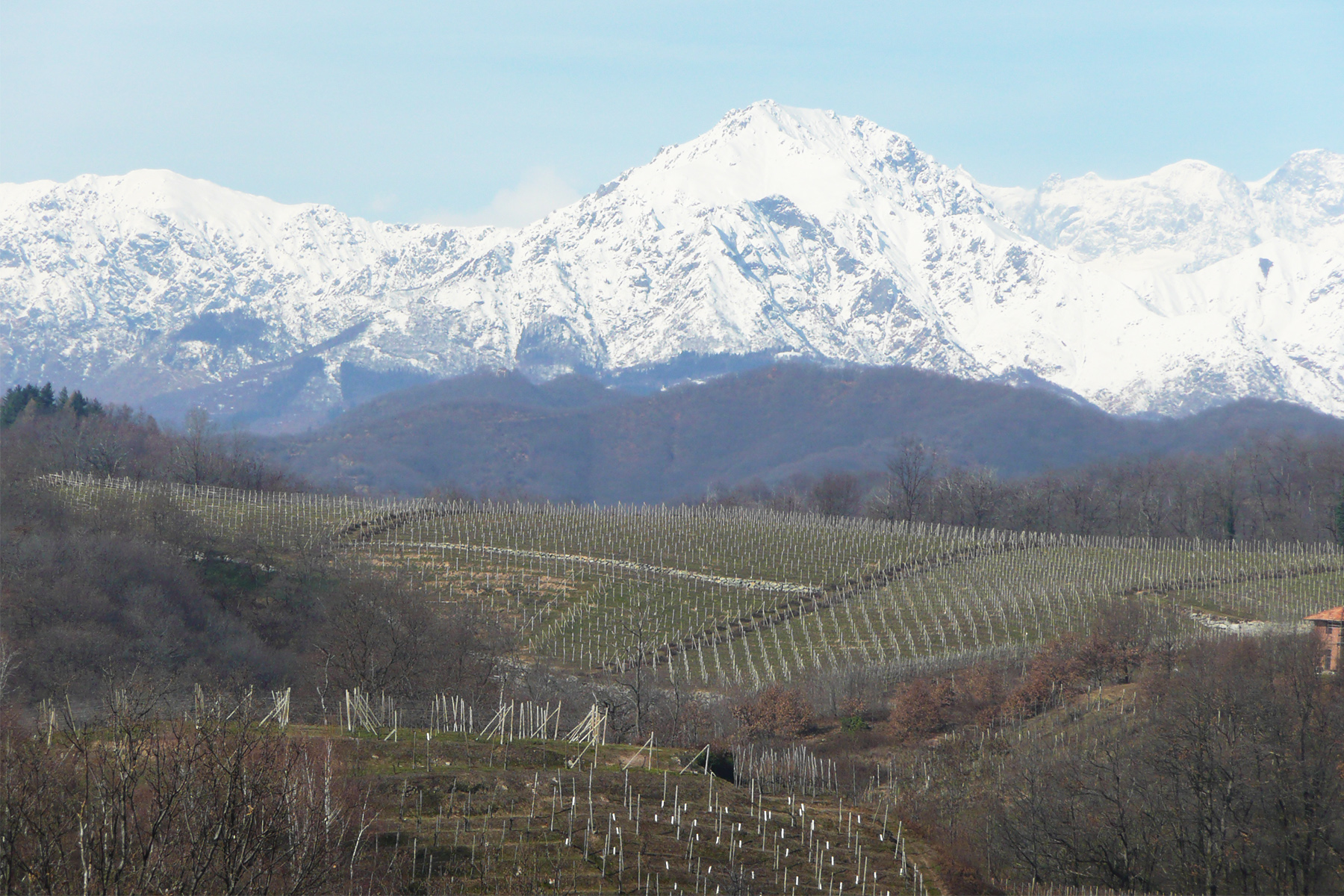
Cantina Travaglini Giancarlo, Gattinara (Vercelli)
At the southern end of Valsesia, in the municipality of Gattinara, in the province of Vercelli, the Nebbiolo grape has found an exceptional place to produce the wine of the same name (recognised as DOC in 1967 and DOCG in 1990), whose vineyards were planted by the Romans in the 2nd century BC. Known since the 16th century at the imperial court of Charles V and in the following centuries at the Savoy court, Gattinara is considered by some to be the most articulate and complete expression of Nebbiolo in northern Piedmont. The particular microclimate of this hilly area at the foot of the Alps and the volcanic matrix of the soil (rich in porphyry and especially in saline minerals, with frequent iron deposits) create a unique combination of factors that give this wine a decisive character, depth and profound identity. Produced with at least 90% Nebbiolo (locally known as Spanna) and a maximum of 10% Vespolina and Uva rara, Gattinara is aged for no less than 35 months (of which at least 24 in oak barrels) for the vintage wines and 47 months (of which 36 in wood) for the Riserva, making it one of the great Italian ageing wines, with a longevity comparable to that of Brunello and Barolo.
Deep garnet red, fine and pleasant nose, with rich sensations of violets, red jam, spices and leather, dry and harmonious on the palate, with a bitterish background. An elegant wine with an intense character, to be enjoyed with first courses with meat sauce, hard cheeses and game.
Ghemme
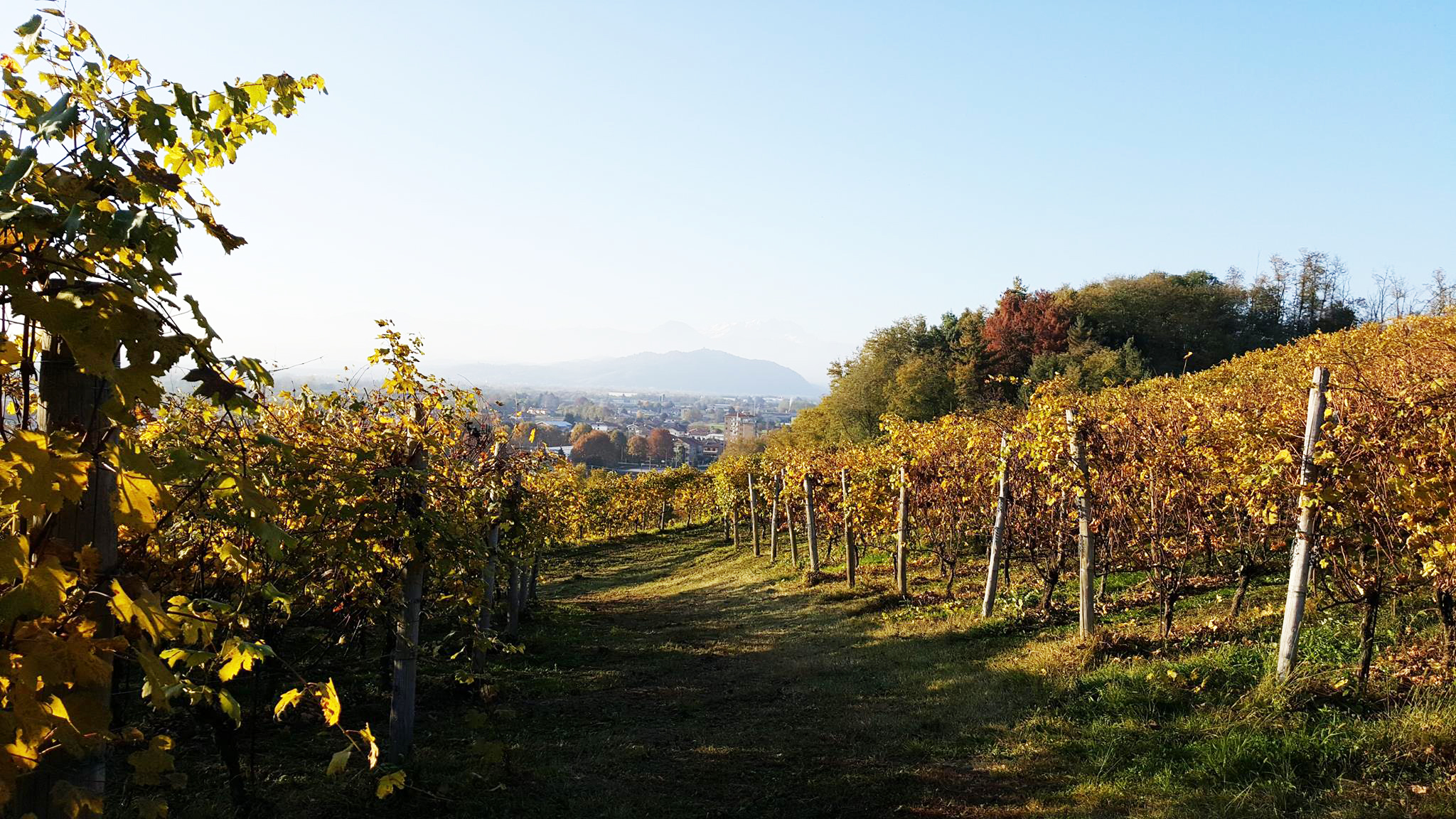
An ancient Piedmontese wine whose origins date back to the 4th and 5th centuries BC, Ghemme is produced on the hills of the municipalities of Ghemme and Romagnano Sesia in the province of Novara.
Already appreciated in the 15th century at the court of the Visconti and Sforza families in Milan and celebrated by Fogazzaro in his novel Piccolo mondo antico, this noble wine, recognised as a DOCG in 1997, is often described as a denser, darker and more impetuous Gattinara. Its complexity and the richness of its aromas and flavours, which make it unique, come from the composition of the soil, which is clayey and tuffaceous on the surface and rich in mineral salts. A wine of great structure and elegance, the Ghemme is made from a blend of Nebbiolo (at least 85%), Vespolina and Uva Rara (alone or in combination for a maximum of 15%) and aged for at least 34 months (18 of which in wood), while the Riserva requires 46 months.
Ruby red in colour with garnet reflections, the nose is intense and persistent, with hints of ripe fruit, spices and tobacco, while the palate is dry and savoury, with well presented tannins and good acidity. It is ideal with starters and main meat dishes such as roasts, braised meats and stews.
Prunent
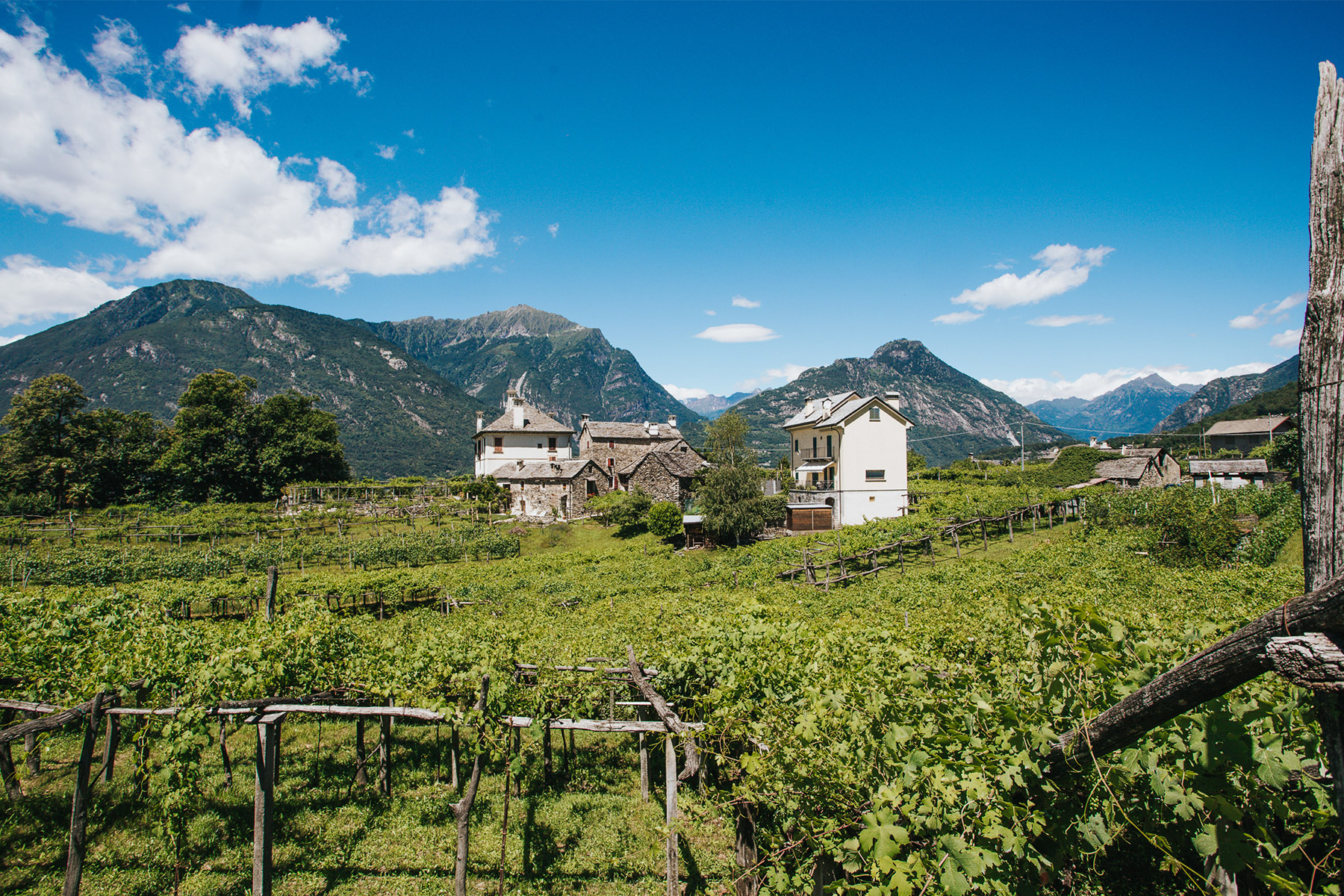
The Val d'Ossola, a frontier area in northern Piedmont on the border with Switzerland, is the cradle of the Prunent, an indigenous clone of Nebbiolo whose presence in the area has been documented since 1309. At the end of the 19th century, the vine was gradually abandoned due to phylloxera, which forced growers to use grafted vines; in the decades that followed, the old Prunent vines were gradually replaced by other, more productive vines and were in danger of disappearing. Fortunately, some of the old vines survived the phylloxera plague, and thanks to a project promoted in the 1990s by the Associazione produttori agricoli ossolani (Ossola Agricultural Producers Association), the vine has been able to recover.
Historically cultivated on the sunny hills of Domodossola, Villadossola, Trontano, Masera and Montecrestese, Prunent needs dry soils and good exposure to the sun to produce a ruby red, full-bodied, tannic wine with a mineral nose, leather and tobacco notes, and plum and cherry sensations. It is an elegant, resolute and well-structured red wine that goes well with risottos, game and mature cheeses.
Roero
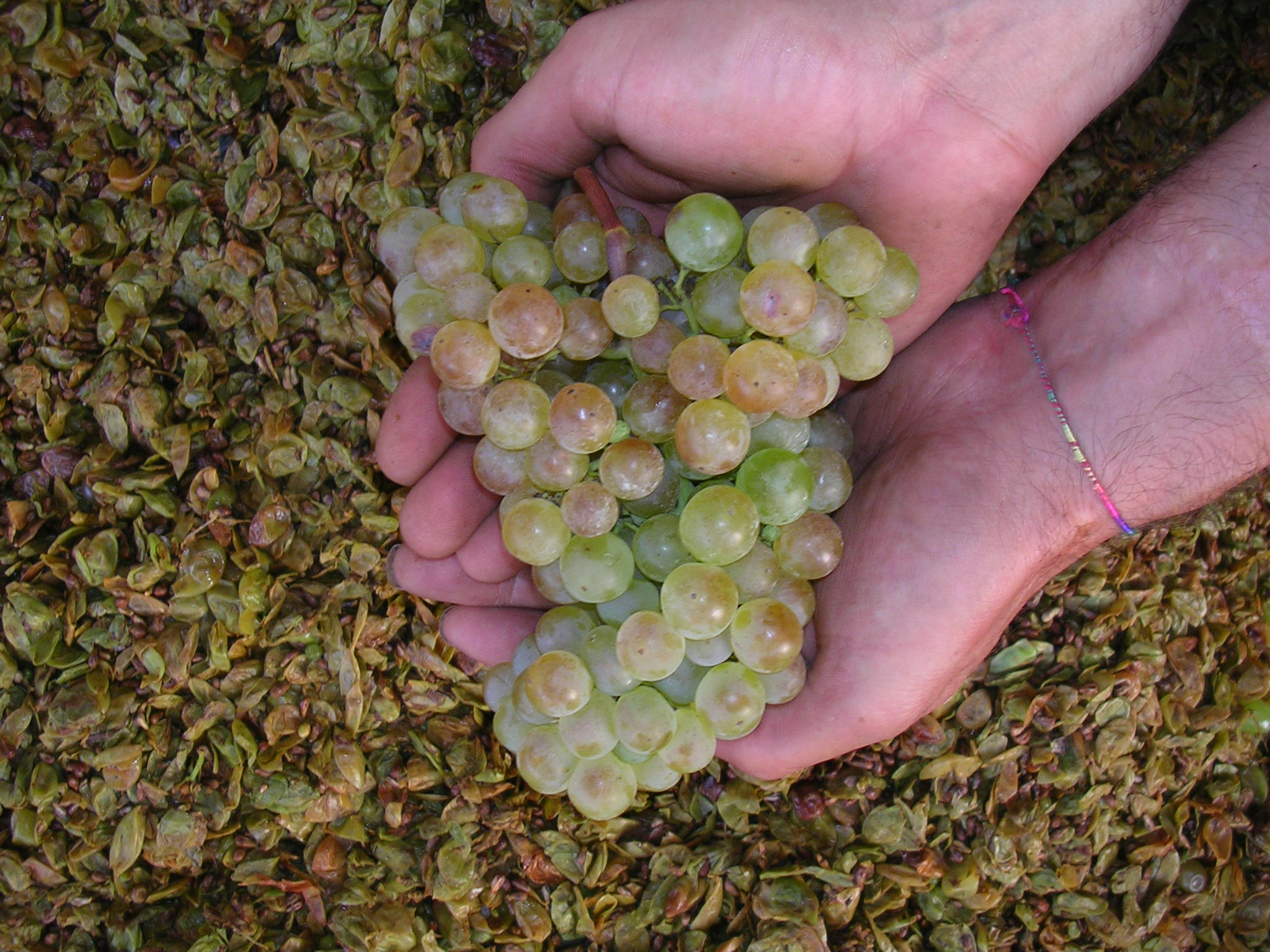
Recognised as a DOCG since 2004, Roero must be produced in the 19 municipalities of the province of Cuneo on the left bank of the Tanaro River to be defined as such. The grapes must be at least 95% Nebbiolo, with a maximum of 5% of non-aromatic red grapes that can be grown in Piedmont, although today almost all wines are 100% Nebbiolo.
Aged in wooden barrels for 20 months (32 months for the Roero Riserva), this wine has slightly different characteristics depending on the production area, due to the variety of soils. The soil in this area, declared a World Heritage Site by Unesco in 2014, is of marine origin and very sandy, giving the Roero a moderate tannin content and interesting aromatic notes, with a bouquet of red fruits and flowers, with hints of spices, pine needles, cherries and raspberries, while on the palate it is dry, full-bodied and velvety, with good persistence.
It is a versatile wine that goes well with typical Piedmontese dishes such as hearty white meats, meaty pasta and risotto.
NEBBIOLO OUTSIDE PIEDMONT
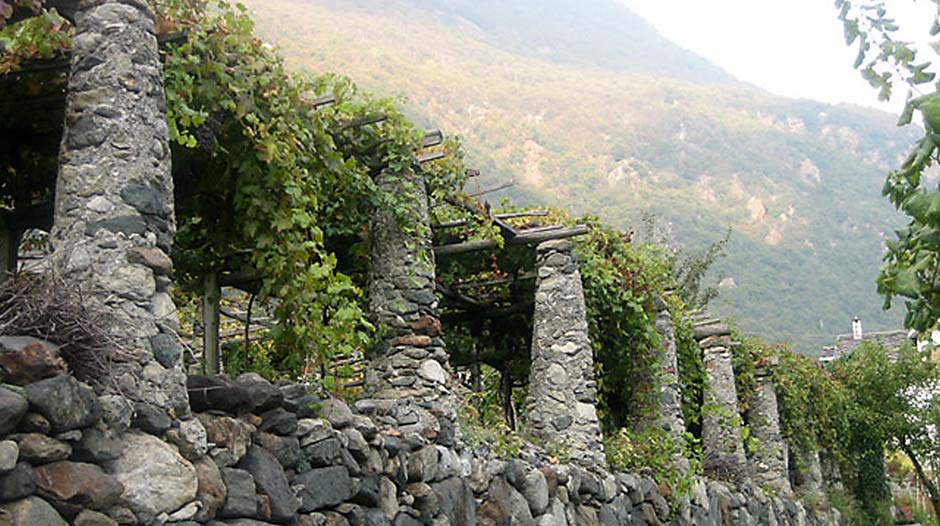
Although it is the prince of Piedmontese vines, Nebbiolo is also cultivated beyond the borders of Piedmont.
In particular, in the neighbouring Val d'Aosta, on the rocky slopes of the municipalities of Donnas, Pont-Saint-Martin, Perloz and Bard, Nebbiolo grapes, known locally as Picotendro, are used to produce Donnas, defined by many as "the mountain brother of Barolo". It is a dry, velvety and harmonious wine with a background softened by a persistent tannic note.
In the same region, in the area of Arnad and the neighbouring communes (Hône, Verrès, Issogne, Challand-Saint-Victor, Champdepraz, Montjovet), Arnad-Montjovet is produced, a wine made from a blend of Nebbiolo (85%), Dolcetto, Pinot Noir, Neyret, Freisa and Vien de Nus (max. 30%); a red wine with a dry taste, characterised by leather and earthy sensations, reminiscent of some of the most prestigious wines of the Piedmontese Pre-Alps.
Moving on to Lombardy, the area par excellence for the cultivation of Nebbiolo (locally known as Chiavennasca) is Valtellina, where this vine expresses itself with different nuances depending on the microclimate.
This area produces two DOCGs - Valtellina Superiore and Sforzato di Valtellina - a DOC, Rosso di Valtellina, and an IGT, Alpi Retiche.
Rosso di Valtellina is the youngest wine, combining the character and typical expression of Nebbiolo with a particular liveliness and freshness. Valtellina Superiore (subdivided into Maroggia, Sassella, Grumello, Inferno and Valgella) is produced from the most exposed vineyards between the towns of Buglio in Monte and Tirano. It is the best expression of the different terroirs of the area, a wine that gains depth, an austere and tannic trace, without losing the typical finesse and subtlety. Sforzato di Valtellina, obtained by drying carefully selected Nebbiolo grapes, was the first dry red wine in Italy to be awarded DOCG status in 2003. It is an icon of the territory and its wine culture.
The denomination Alpi Retiche, on the other hand, brings together white and red wines (a minimum quantity compared to the classic Valtellina), rosé wines, including sparkling wines, passiti and late vintage wines, Spumante Metodo Classico, also rosé, obtained from other authorised grape varieties or using different production techniques.
SOME CURIOSITIES
in Valle d'Aosta, the wine Clairetz was traditionally produced with a percentage of Nebbiolo;
• in Villarbasse (To), on the Collina Morenica of Rivoli, between Reano and Rivalta, the Prever winery (re)produces Nebbiolo, a vine already mentioned in a document dating back to 1266;
• still present in the Eugubino area (Gubbio - PG), Nebbiolo is said to have been brought to Umbria by officials of the Kingdom of Savoy at the time of the Unification of Italy to enrich the ampelographic offer of the territory;
• Nebbiolo is grown in the municipalities of Angera, Albizzate and Azzate in the province of Varese;
• the blend of Terre di Franciacorta wine includes the possibility of using 10% Nebbiolo grapes (in addition to 40% Cabernet Franc and Cabernet Sauvignon - 40% Merlot - 10% Barbera d'Asti)
• in Val Camonica, Erbanno (BS), the Togni Rebaioli winery cultivates Nebbiolo, planted by the grandfather of the current owner;
• in Argentina, according to Wine Enthusiast, Nebbiolo was imported between the 19th and 20th centuries by Italian immigrants who went to South America in search of a better life, including many Piedmontese;
• in Australia, according to Sometimes Always, it is grown in the Adelaide Hills, Yarra Valley, Margaret River and parts of the ACT and Queensland;
• Nebbiolo in the United States is identified by Corriere della Sera in 2020 as between California, Virginia and New Mexico. Producers include 'former nuclear bomb scientist John Balagna', but Luca Paschina, Alba winemaker and now general manager of Barbourisville Vineyards.
